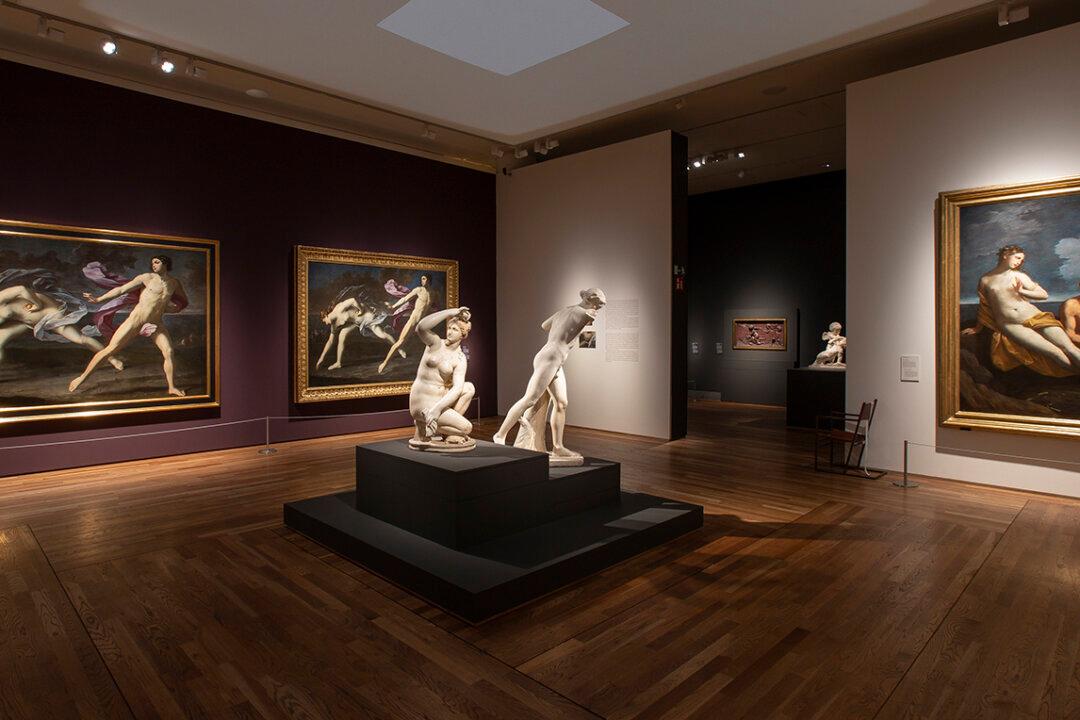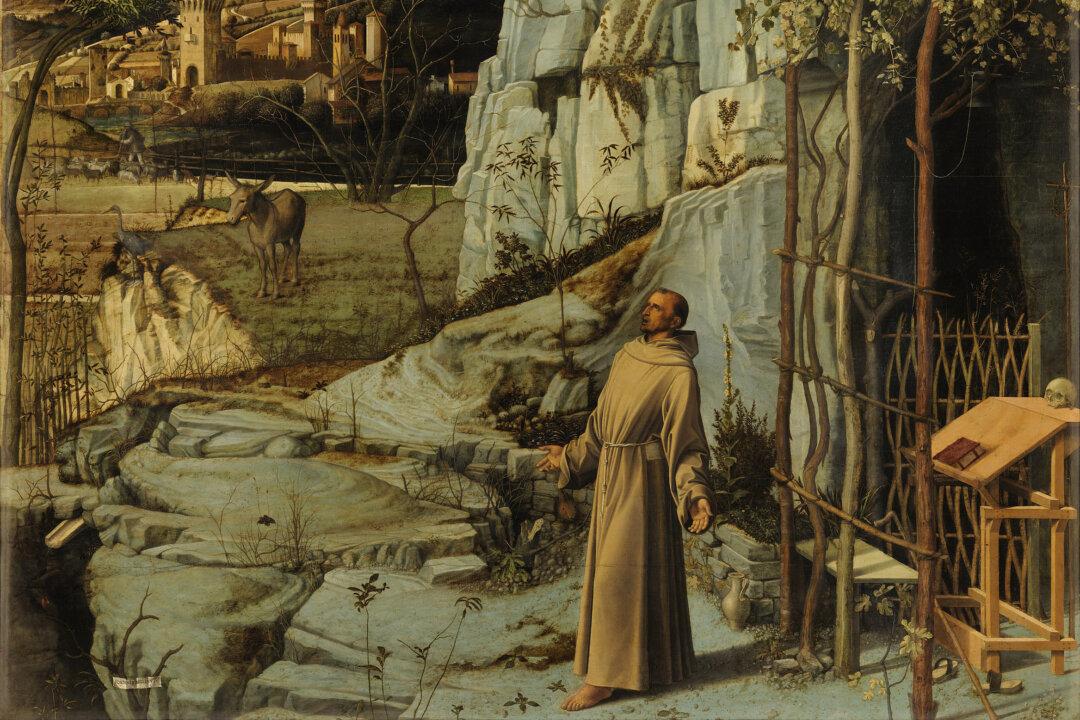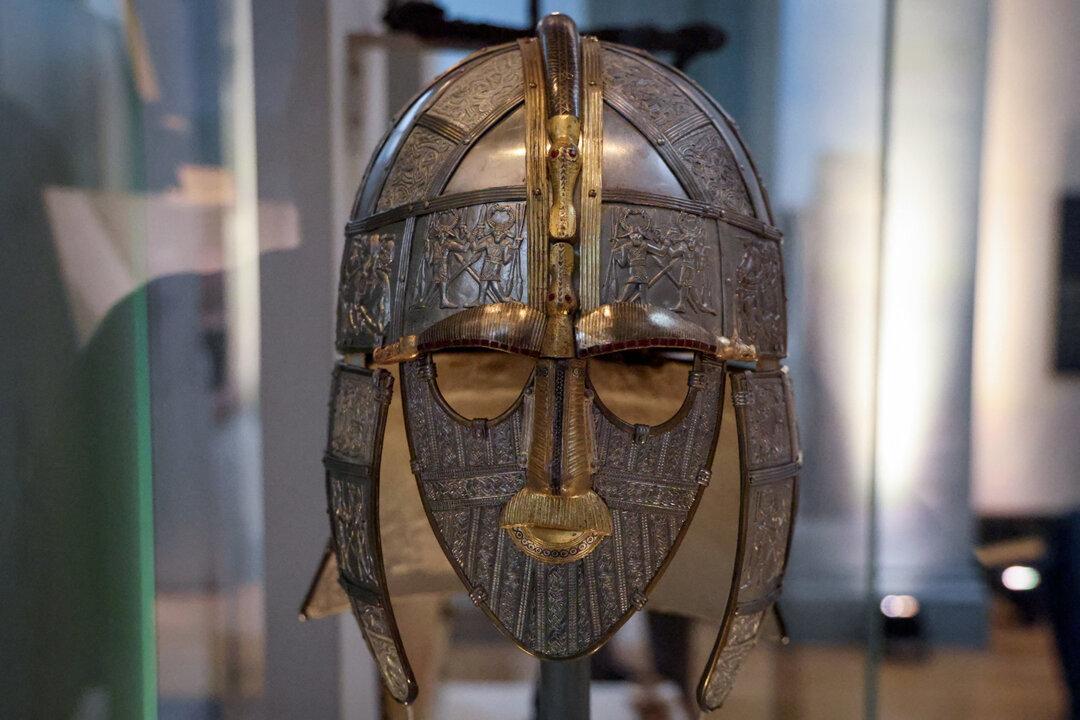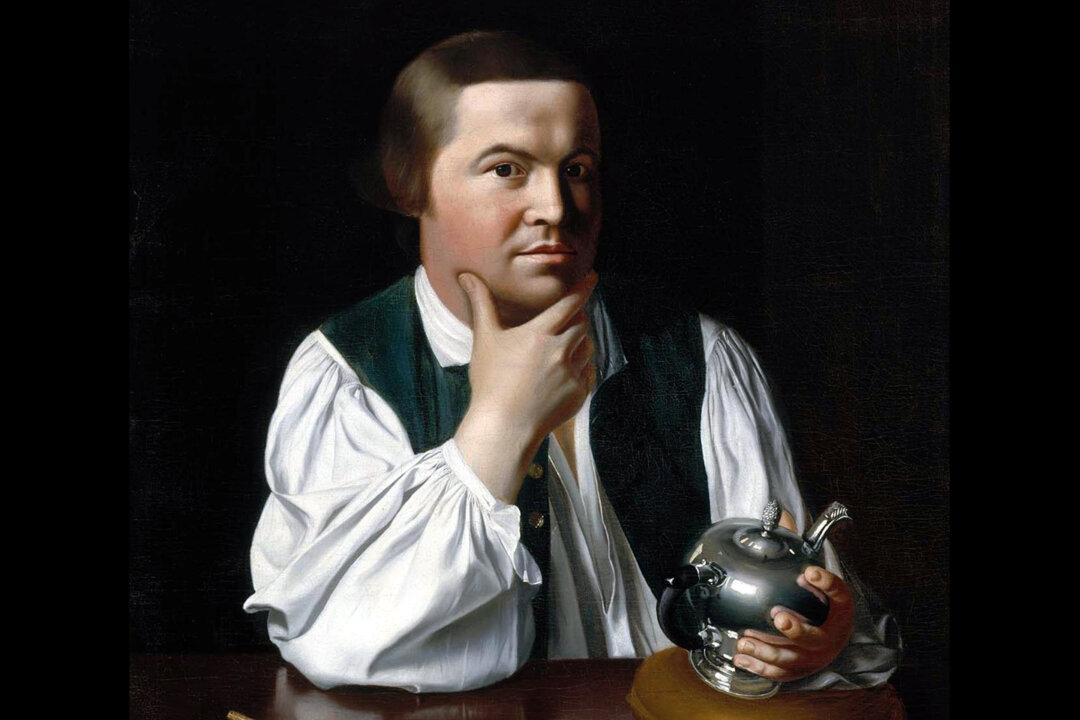The enlightening exhibition “Guido Reni,” currently on view at the Prado Museum, is the first of its kind in Spain. Guido Reni (1575–1642) was one of the most celebrated painters of 17th-century Italy and was patronized by prominent popes, nobles, and monarchs throughout Europe.
Reni, known by the epithet “Il Divino” (“The Divine”), is distinguished from his peers by his ability to depict the divine in visual form. His compositions are synonymous with elegance, beauty, and grace. As the Prado Museum’s digital brochure explains, the perfection of his work “was never considered the result of an innate gift, but rather the outcome of his massive effort in the search for perfection, a task in which drawing and coloring had to come together in harmonious symbiosis.”





